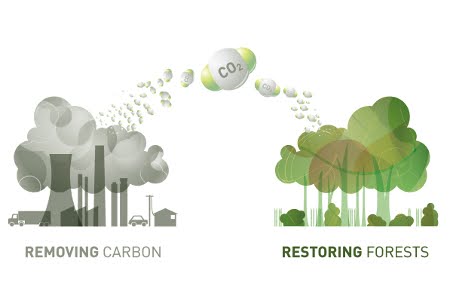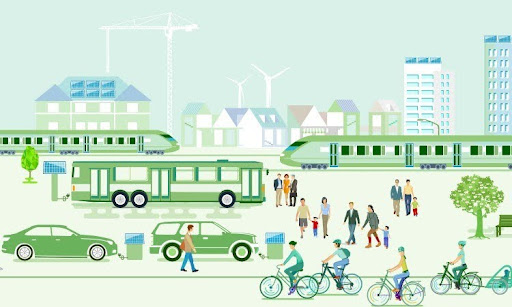Carbon Offsetting: Eco-Warrior Weapon Or Greenwashing Gimmick?

A short guide to carbon offsets
Source: Ethical Consumer
Imagine you forget your reusable grocery bags at the store. Plastic happens, right? But what if you could erase that eco-guilt with a few clicks and a credit card? That’s the promise of carbon offsetting – a scheme where you pay to balance out your carbon footprint by funding projects that reduce greenhouse gases elsewhere. Sounds like a win-win, but is it? Is carbon offsetting a genuine tool for climate mitigation or a license to keep polluting with a clear conscience?
The Allure of Offsetting: Balancing the Carbon Books
The concept is simple. We all generate carbon dioxide (CO2) through our daily activities – flying, driving, using electricity. This CO2 traps heat, contributing to climate change. Carbon offsetting allows individuals and businesses to invest in projects that absorb or avoid CO2 emissions elsewhere.
Planting trees, investing in renewable energy sources like wind farms, or capturing methane emissions from landfills are all examples of carbon offset projects. By supporting these initiatives, you’re essentially paying to counteract the CO2 you produce.

Our Commitment to Carbon Offsetting
Source: Clear Water Revival
Tempted to Offset That Weekend Getaway? Hold on a Second...
While the idea is appealing, carbon offsetting isn’t a silver bullet. Critics argue it can be a feel-good justification for continued high-carbon lifestyles. Imagine booking a luxurious vacation to a tropical paradise – you might offset the carbon footprint of the flight, but are you truly addressing the root cause of climate change, our dependence on fossil fuels?
Furthermore, the effectiveness of some offset projects is questionable. Planting trees sounds great, but what if they die prematurely due to drought or disease? Verification and monitoring of offset projects are crucial to ensure they deliver the promised environmental benefits.
Beyond Offsetting: The Hierarchy of Climate Action
Experts advocate for a hierarchy of climate action. The most effective approach is to reduce our carbon footprint in the first place. This means opting for public transport, using energy-efficient appliances, and consuming less overall.
Reduce, Reuse, Offset: Once we’ve minimized our emissions, then responsible offsetting can play a role. However, it shouldn’t be an excuse to avoid making significant lifestyle changes.

Unlocking the Power of Travel”How Travelling Can Stop Global Warming?
Transparency and Trust: Unveiling the Greenwash
The carbon offset market can be murky. Vague project descriptions, inflated claims, and a lack of independent verification can make it difficult to know if you’re truly supporting impactful initiatives.
Look for reputable offset providers with transparent project details, independent verification by third-party organizations, and a commitment to long-term sustainability.
The Future of Offsetting: A Stepping Stone, Not a Destination
Carbon offsetting has the potential to be a valuable tool in the fight against climate change. However, it needs significant improvements to ensure transparency, effectiveness, and additionality (meaning the project wouldn’t have happened without your investment).
The ultimate goal shouldn’t be offsetting our way out of the problem, but transitioning to a low-carbon future. Carbon offsetting can be a bridge, but we must focus on systemic change, investing in renewable energy infrastructure, and promoting sustainable practices across all sectors.

Are carbon offsets crucial in maintaining essential infrastructure investment?
The Call to Action: Be a Climate Champion, Not Just an Offsetter
So, is carbon offsetting a genuine mitigation strategy or a greenwashing gimmick? The answer is – it can be both. Let’s be informed consumers, holding offset providers accountable for transparency and impact.
But remember, offsetting is just one piece of the puzzle. Reduce your carbon footprint, support climate-friendly policies, and hold corporations accountable for their environmental impact. Together, we can move beyond offsetting and build a truly sustainable future.

